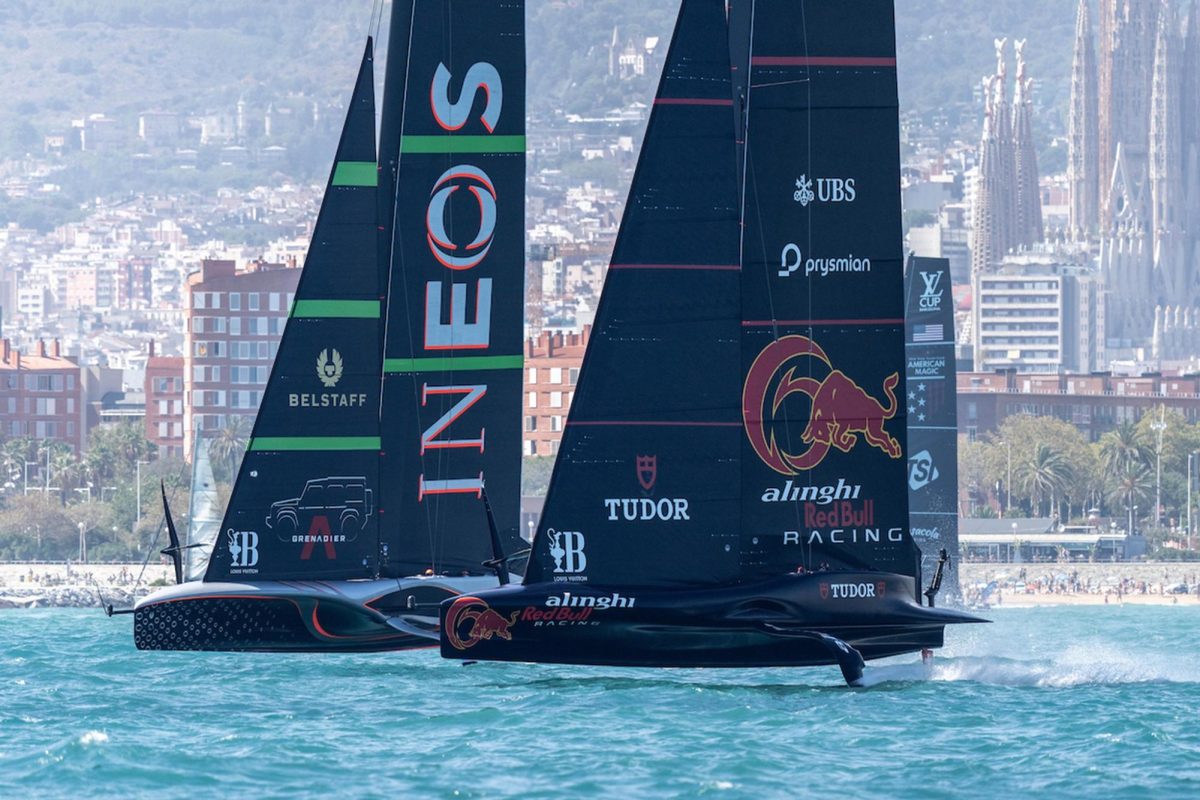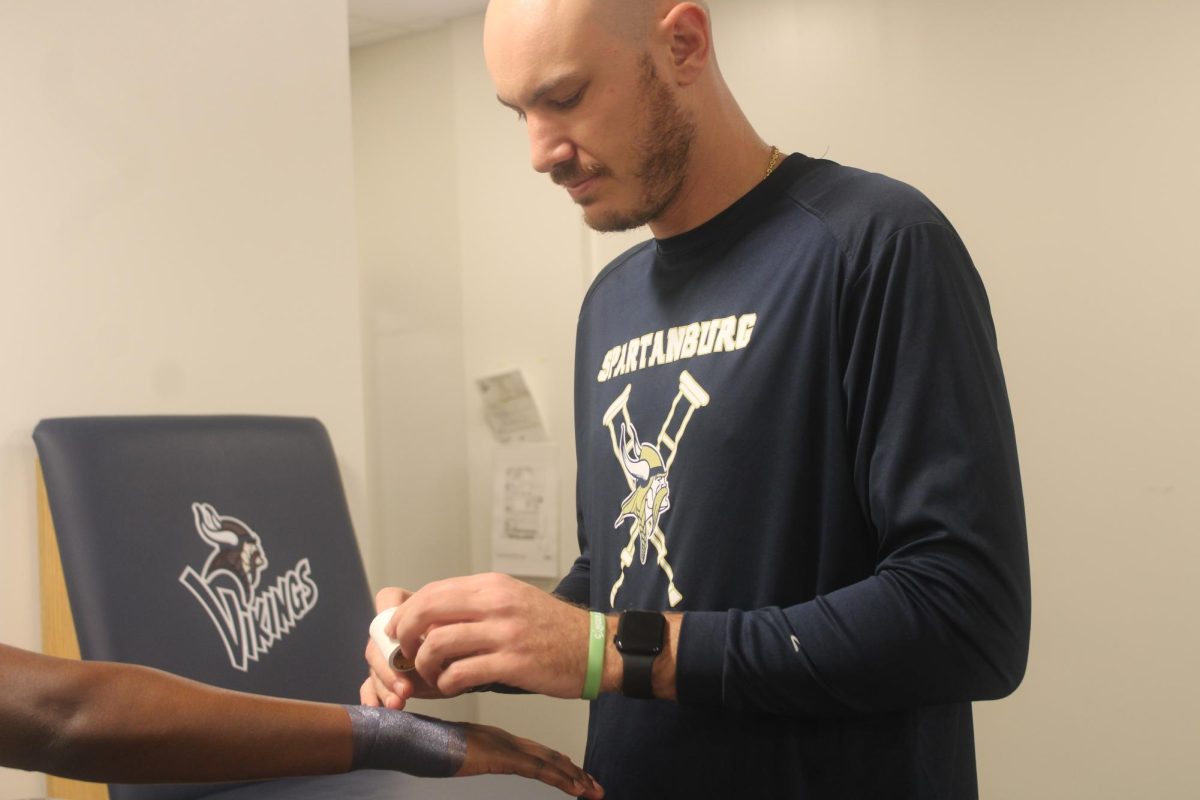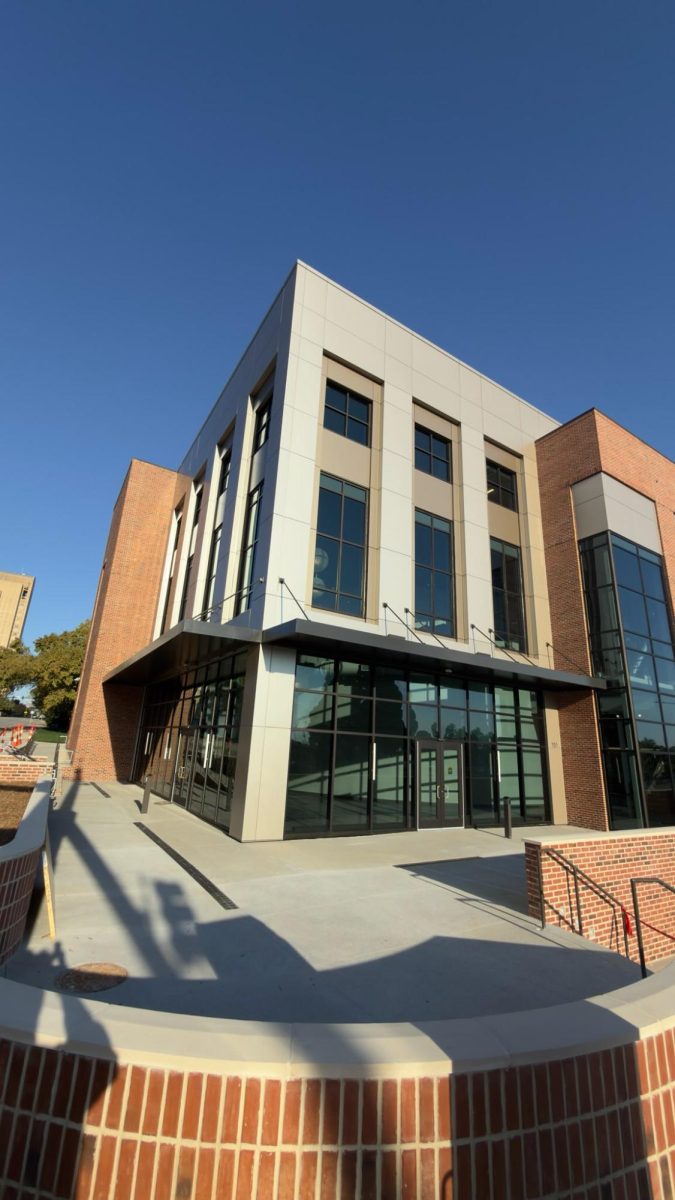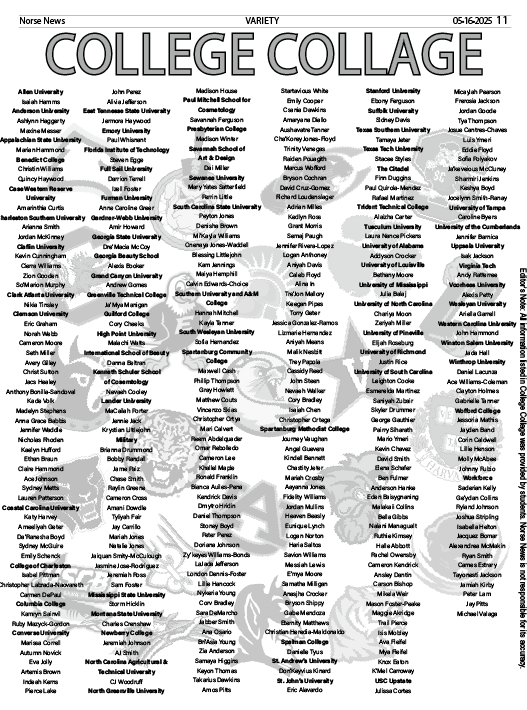Gliding over the water at speeds of over 50 knots across the seas of the world, the America’s Cup is one of the best-known and oldest international sailing yacht competitions. This year is the 37th annual America’s Cup which is hosted in Barcelona, Spain, and is surrounded by picturesque waterfront views.
The America’s Cup started as a race around the Isle of Wright in Great Britain in 1851. It was won by the America, a schooner sailed by Americans from New York City. Since then, the race has been called the America’s Cup and has occurred every three to four years since then.
Kaia Brown (9) thinks that the unique structure of the race helps to make it more entertaining.
“I think the America’s Cup is a good way to bring people together and to be entertained. In my opinion, it’s cool that they use yachts to race instead of the usual racing boats. Also, that any other yacht club can compete with the current trophy holder,” Brown said.
The America’s Cup starts with the Louis Vuitton Cup, a series of elimination races that determines who gets to go head-to-head against the New Zealanders. Getting an automatic by in the Louis Vuitton Cup, the New Zealand team focuses mainly on the final race. The other teams however have to go through a double Round Robin stage and the top scorers from that event move on to the semi-final, then to the final, and then whoever wins the Louis Vuitton Cup gets to race for the America’s Cup. Among the six teams racing INEOS Britannia is the Challenger of Record for this race, meaning that they are the first yacht club to challenge the yacht club that currently holds the cup, which is New Zealand. The current cup holder is also referred to as the “Defender.”
One unusual part about the race is that the winners of the competition get to make the rules and regulations for the next America’s Cup. Team Emirates New Zealand, the reigning champions, have decided that for this version of the race, all of the members of the race team have to be from or reside in the country that they are racing for. In addition, teams are only allowed to build one racing boat and their sailor teams have been reduced from 11 to eight.
This cup focuses on minimizing the carbon footprint created by the race and along with their race yacht each team is mandated to build and operate two hydrogen-powered foiling chase boats for their campaign for a proof of concept. According to the website americascup.com, “It’s hoped showcasing proven hydrogen technology in the marine sector will help create a game-changing pathway for the wider industry and lead to a significant reduction in its carbon footprint.”
The racing yachts are 75-foot foiling monohulls called AC75s. But as big as they sound the boats are very lightweight and are going to be even lighter this year with the crew restrictions. Cyclors, high-wattage cyclists who power the racing yachts, are allowed again this year and the cyclists control the boats’ movements with the energy created by pedaling. Pushing the yachts to over 50 knots, this new breed of endurance athlete is leaving a historic impact on international sailing and is crucial to the race this year.









